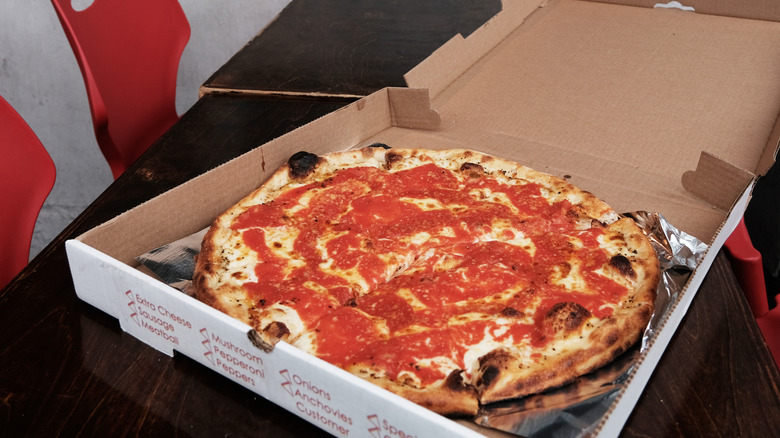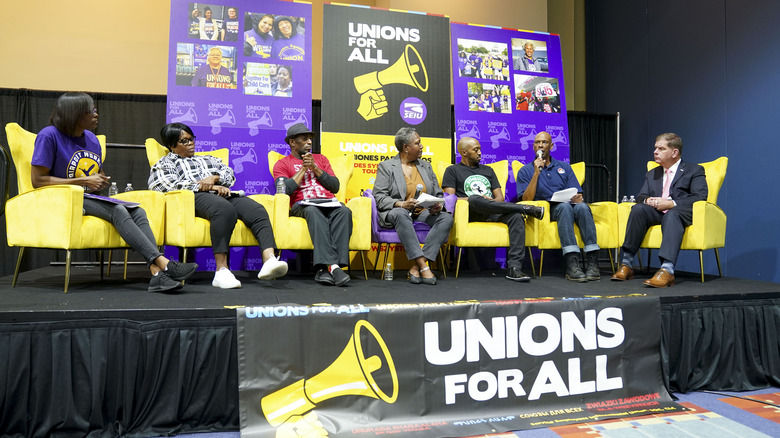Workers United Has Helped Create NYC's First Unionized Pizzeria
Workers United, the labor organization behind the Starbucks union mobilization, has lent a hand to Barboncino workers. The pizza shop is now the first New York City unionized pizzeria. As announced on the Barboncino Workers United Twitter account, workers unanimously approved the union vote.
According to a Nation's Restaurant News report, the 40 non-managerial employees will use their platform to address "better wages, flexible scheduling, clear disciplinary procedures, and a stricter sexual harassment policy." Mike Kemmet, a bartender at Barboncino, told The New York Times that the workers are looking to get the best deal possible when negotiating with the restaurant's owners, Jesse Shapell and Emma Walton. The employees' frustrations arose from difficult work conditions, potential burnout, and concerns about compensation. The restaurant owners are contemplating the next steps.
Looking at the unionized pizzeria's demands, some concerns are common in the restaurant setting. Low wages, lack of health care, and overall working conditions are prevalent work issues among newly formed unions. It remains to be seen how Barboncino Workers United's demands are addressed. But the implications from this vote might be beyond one celebrated pizzeria in Brooklyn.
Why have restaurant unions been slow to organize?
From Starbucks to Waffle House, Workers United, an organization specifically for restaurant, bar, and cafe workers, has assisted groups through the unionization process. In a post-pandemic world, the hospitality workers are more confident to raise their voices to have their demands for higher wages and better working conditions addressed. While unions have been part of the U.S. labor conversation for centuries, the current climate is ripe for a more robust conversation. People want to feel valued for their efforts.
Previously, the restaurant industry did not have a large union presence. Because the industry tends to have high turnover, it can be difficult to create a unified, consistent employee voice. By standing with a larger organization, such as Workers United, the individual locations can receive the knowledge and resources to better organize and vocalize their concerns. With Barboncino becoming the first New York City pizzeria to unionize, the scenario opens the doors for other workers across the food service industry. Although the changes might not be swift, it can be more beneficial than staying silent.
On the other hand, unionization can come with costs. Restaurants are a business, which can only operate when the bottom line remains in the black. Higher wages could increase guests' food checks. The old saying about every action has an equal opposite reaction will come into play, but it shouldn't negate the idea that everyone should be treated with respect and valued for their contributions.

